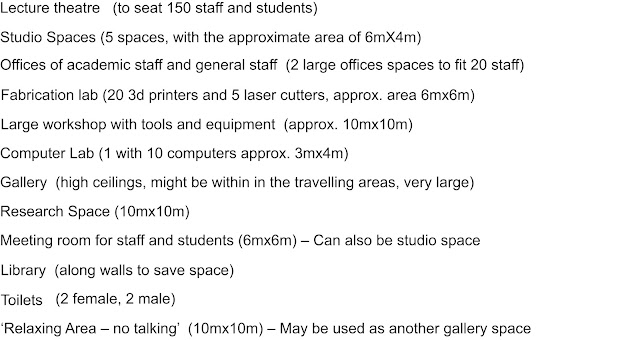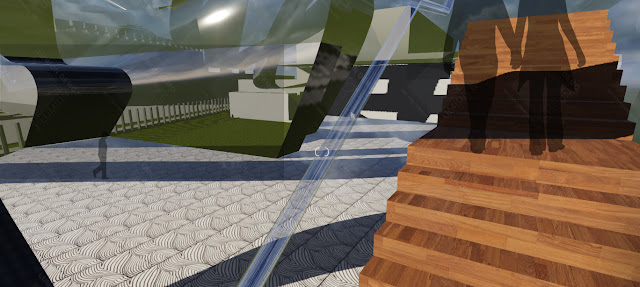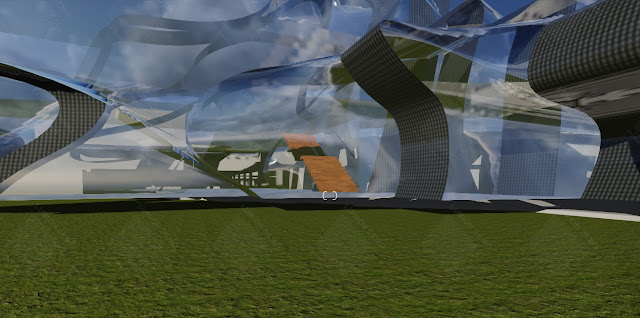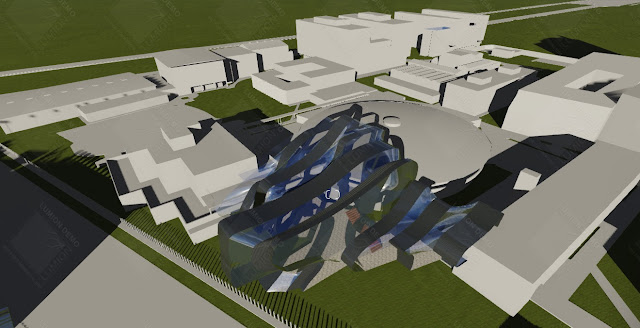Article Mash Up
Architects
are confronted with new and emerging technologies including software’s and
equipment, Antoine
Picon raises some interesting points in relation to digital technologies. He
explains that some see digital design as a threat to the architecture practice.
The Aegis
Hyposurface is a dECOi project that used numerous digital tools in the design
process and has been marked the transition from autoplastic (determinate) to
alloplastic (interactive, indeterminate) space, a new species of reciprocal
architecture.Picon has
discussed the value of various contributions to digital architecture, and the dramatic effect these
contributions, such as The Aegis Hyposurface project, have had on the growth of society and information.
‘Aegis’
is a faceted metallic surface that has potential to deform physically
as a real time response to electronic stimuli from the environment (movement,
sound, light,etc), therefore, interact with the audience very effectively. The Aegis Hyposurface project influenced a matrix of possible
designs within the built reality and helped developed digital culture.
Although ‘The Aegis Hyposurface’ project was successful in
terms of materiality, Picon conveys
that concrete aspects of construction and building technologies are threatened
and communicates the notion that computer designed architecture is more free
and without constraints, and therefore tends to neglect material properties. dECOi’s
vision of a moving surface would not be possible without the use of digital
tools and calculations of materiality, the design is driven by a bed of 896 pneumatic pistons and the
dynamic ‘terrains’ (the movements) are generated as real-time calculations.
dECOi’s project had a successful
impact on architecture and has influenced many designs.
Mark
Burry - Aegis Hyposurface - http://mcburry.net/aegis-hyposurface/
Antoine
Picon – ‘Architecture and the virtual: Towards a New Materiality’
Digital Culture in Architecture: an Introduction
for the Design Profession
2 Images in Lumion
The Plan
What is needed in Computational Design School
Processes of Turning the plan into the Building
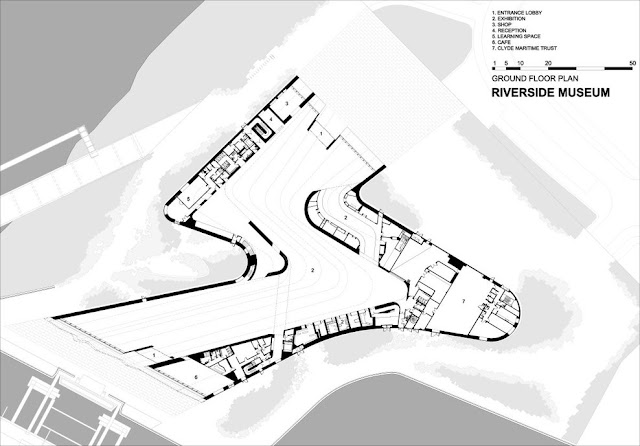 |
| Zaha Hadid Riverside Museum |
 |
| Trace Plan and place on map of UNSW to make sure it fits the space |
My Plan
Moving Elements
Moving Elements
Moving Element 1: The first moving element was inspired by
the term ‘hypersurface’ which was coined by Stephen Perrella and is said to be
‘interactivity between cyberspace, envisioned as hypermedia and architecture as
a surface if projection or terminal.’ The building I have designed does not
physically move, however the viewer’s perception of the building changes as
they move around the space.
Moving Element 2: Having a building constructed out of glass
may make it difficult for students to work due to the direct sunlight.
Therefore, the second moving element is carbon fibre sheeting that glides up
the façade to create a ‘block out’. Each separate space has its own sheeting so
the whole building doesn’t have to be blocked out, however this would be possible
from one button.
Final Design
Moving element 1
 |
| Moving Element 2 |
Moving element 1
My design links to the mash up articles due to the fact that
I am using digital technologies in my design process whilst incorporating the
notion of hyper surface for my moving element. I have also not had to consider
any restraints in terms of materiality which was an issue discussed by Picon.





